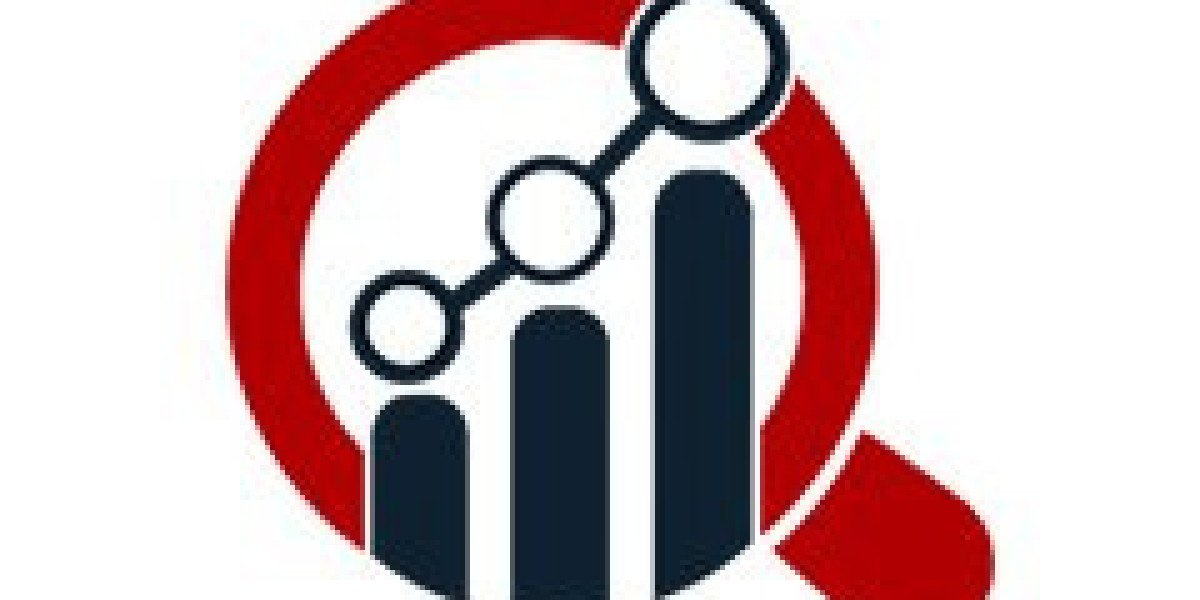The industrial Internet of Things (IIoT) platform market Trend is advancing at a rapid pace as companies across manufacturing, energy, transportation and other heavy-industry sectors push to digitalise operations and harness data. Key technologies and business pressures are converging to make IIoT platforms — software and services that connect sensors, machines, networks and analytics — central to “smart factory” and “Industry 4.0” efforts. Below is a look at the major trends shaping this market in 2025 and beyond.
Strong Growth Trajectory
Multiple market studies agree that the IIoT platform market is growing robustly. One estimate places the global market at about USD 34.9 billion in 2022 and projects growth to around USD 110.7 billion by 2032, at a compound annual growth rate (CAGR) of about 12.2 %. Another projection puts growth from USD 83 billion in 2024 to USD 132 billion by 2033, with a slightly lower CAGR around 5–6 %. While the precise figures differ, the direction is clear: IIoT platforms represent a major investment area for industrial organisations globally.
Key Growth Drivers
Several forces are accelerating adoption of IIoT platforms:
Smart manufacturing & automation push: Manufacturers are seeking real-time monitoring, process optimisation and remote operations. Platforms that support asset-tracking, predictive maintenance and supply-chain visibility are in demand.
Integration of AI/ML analytics: AI-powered analytics applied on IIoT platform data allow predictive maintenance, anomaly detection and improved decision making.
Edge computing growth: Because industrial environments demand low latency and local processing, edge computing (processing near the data source) has become a standard element of IIoT platforms.Connectivity improvements (5G, LPWAN, etc.): Better and more pervasive connectivity is critical for large-scale sensor deployments, remote sites and mobile assets.
Cloud and hybrid deployment models: Many platforms are now offering cloud-native or hybrid (edge + cloud) architectures to support scalability and flexibility.
Emerging Trends and Strategic Themes
Several specific trends within the IIoT platform space are worth highlighting:
Digital twin integration: Platforms are increasingly offering digital twin capabilities — virtual replicas of assets or processes — allowing simulation, scenario-analysis and performance optimisation.
Interoperability & open platforms: Because industrial operations often combine legacy equipment, different protocols and multiple vendors, IIoT platforms are focusing on open standards and interoperability to reduce integration complexity. Data monetisation & value-added services: Beyond simply connecting devices, many enterprises see IIoT platforms as a foundation for new business models — for example, offering monitoring services, analytics-driven optimisation or supply-chain insights. Cybersecurity & industrial resilience: As more devices get connected and operations become more automated, securing the platforms, data and edge devices has become critical. Platforms are embedding security features, identity management and risk mitigation.
Regional growth focus — Asia-Pacific: While North America remains a strong base, growth in Asia-Pacific (APAC) is accelerating, driven by rapid industrialisation, government support for smart manufacturing and large legacy-equipment estates being upgraded.
Challenges and Restraints
Despite the strong momentum, implementation of IIoT platforms is not without hurdles:
Integration complexity: Many industrial sites have a mix of legacy and modern systems; connecting them meaningfully is technically and organisationally challenging.
High upfront investment & ROI uncertainty: Deploying sensors, connectivity, processing platforms and analytics often requires significant capital. Enterprises need clear business cases and measurable ROI.
Skills and organisational change: Moving to data-driven operations demands new roles, new skills (data engineers, IoT architects, edge computing specialists) and cultural change within organisations.
Data governance and privacy: With increased connectivity and data sharing, questions around data ownership, privacy and regulatory compliance arise — particularly when processes cross borders or involve external service providers.
Latency and reliability: For time-sensitive use cases (e.g., machine control, safety monitoring), networks and platforms must meet high availability and low-latency requirements, which can be challenging in remote or harsh environments.
Industrial Focus & Use-Cases
The use cases for IIoT platforms are broad, but some high-impact areas include:
Predictive maintenance: Monitoring equipment health in real time, identifying patterns of failure and scheduling maintenance proactively to reduce downtime.
Asset tracking and condition monitoring: Especially in sectors such as energy, utilities, transportation and logistics where assets are distributed and mobile.
Supply-chain visibility and optimisation: Platforms help aggregate data across production, inventory, logistics and sales to improve responsiveness and reduce waste.
Smart facility/plant operations: Factories and process plants use IIoT platforms to optimise production, improve quality control, support remote operations and enhance safety.
Energy and resource management: For industrial users, monitoring energy, water, emissions and other resource usage allows for cost savings and sustainability tracking.
Outlook & Strategic Implications
Looking ahead, IIoT platforms will increasingly become three-dimensional: combining edge, cloud and AI analytics into holistic operational systems. Vendors and industrial players will compete on not just connectivity and sensors, but on value-added analytics, user experience, vertical-specific solutions and ecosystem partnerships.
Enterprises looking to invest should prioritise platforms that:
support interoperability and integration with existing OT (Operational Technology) and IT systems;
enable modular and scalable deployment, starting small and growing;
include analytics and actionable insights, not just raw data collection;
emphasise security, resilience and edge-capabilities;
and align with business objectives (cost reduction, uptime improvement, new revenue streams) rather than being technology-first.
For India and other emerging markets, the growth potential is particularly strong — high volume of industrial assets, push for manufacturing infrastructure upgrade and government initiatives mean faster adoption. For global vendors and local integrators alike, there is a window of opportunity to tailor solutions for these geographies.
In summary: the IIoT platform market is moving from hype to scale. While earlier efforts may have been proof-of-concepts, we are now entering a phase where large-scale industrial deployments are becoming mainstream. Organisations that adopt the right platforms and approach stand to benefit substantially in productivity, cost savings and new business models — while those who delay may fall behind.




